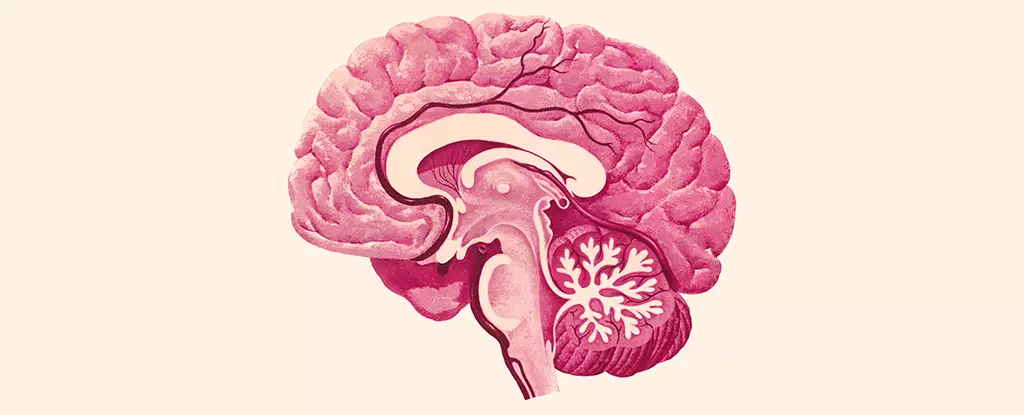Herpes simplex virus type 1 (HSV-1) is widely recognized for its role in causing cold sores, yet emerging research reveals its potential to infiltrate the brain and central nervous system. This newfound understanding raises critical questions regarding the pathways through which HSV-1 establishes infection and its consequential effects on brain function. A recent study conducted by scientists from the University of Colorado and the University of Bourgogne in France expands our comprehension of these mechanisms, offering significant insights into the viral behavior within the cerebral landscape.
HSV-1 can enter the central nervous system via two primary routes: the trigeminal nerve and the olfactory nerve. However, the specifics of how the virus proliferates and disseminates throughout the brain remain poorly understood. Neurologist Christy Niemeyer, affiliated with the University of Colorado, emphasizes the importance of tracing the viral invasion pathways and identifying the brain regions it endangers. The study meticulously mapped out the various areas within the brains of infected mice, highlighting significant vulnerabilities.
The researchers observed that the virus predominantly affected critical regions such as the brainstem and the hypothalamus. The brainstem plays a pivotal role in regulating life-sustaining functions including heart rate and respiration, while the hypothalamus is essential for controlling moods, appetite, and hormonal balances. Intriguingly, regions typically associated with memory and cognitive function—namely the hippocampus and the cortex—showed no significant viral presence. This dichotomy presents intriguing implications about how HSV-1 might influence different cognitive and regulatory functions in the brain.
An additional focal point of the study was the investigation of microglia—the resident immune cells within the central nervous system. These cells exhibited visible inflammation upon interaction with HSV-1, suggesting an immune response to the viral invasion. Strikingly, even after the viral load diminished, some microglial cells remained activated, indicating ongoing inflammation. This persistent state of immune activation prompts concerns about potential long-term consequences, even in the absence of severe manifestations such as encephalitis.
This chronic activation has far-reaching implications. According to Niemeyer, while the absence of full-blown encephalitis is a relief, the continued inflammation could disrupt normal brain function and contribute to neurodegenerative processes. This leads to a compelling hypothesis that sporadic HSV-1 infections might lay the groundwork for more significant neurological conditions down the line.
The intersection between HSV-1 infections and the emergence of neurodegenerative diseases, such as Alzheimer’s, has garnered substantial interest in recent years. Building upon findings from previous studies, the authors of this research underscore the possibility that microglial inflammation, triggered by HSV-1, could be linked to the pathogenesis of Alzheimer’s disease. This hypothesis opens a dialogue regarding the role of viral infections in exacerbating or accelerating neurodegenerative conditions already influenced by genetic or lifestyle factors.
Niemeyer cautions against oversimplifying this relationship; while the presence of HSV-1 within specific vulnerable regions of the brain may correlate with the mechanisms underlying Alzheimer’s, further studies are crucial for establishing definitive connections. Persistent inflammation is notably a recognized precursor to several neurological diseases, hinting that HSV-1 might play a role in the inflammation that precedes conditions such as Alzheimer’s.
The study not only provides critical insights into the mechanisms of HSV-1 infection but also highlights an urgent need for further exploration into the virus’s long-term effects on brain health. As researchers continue to sharpen their understanding of the virus and its interaction with the central nervous system, they open new avenues for potential therapeutic interventions. The relationship between HSV-1, microglial activity, and neurodegenerative diseases remains a rich field for ongoing investigative work, with the hope that elucidating these mechanisms could inform strategies to mitigate the risks of these devastating conditions. Understanding the nuanced dynamics of HSV-1 may ultimately contribute to advances in both preventative and therapeutic contexts within neurology.


Leave a Reply